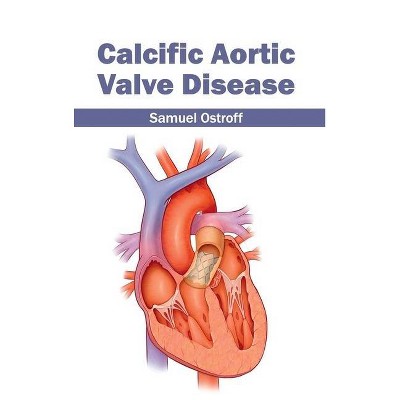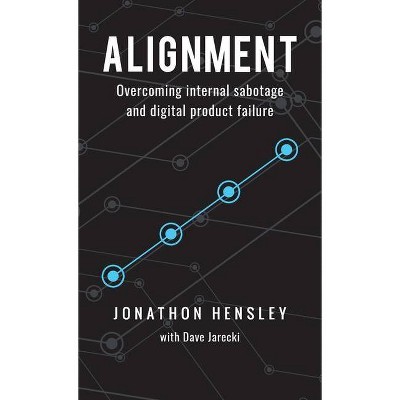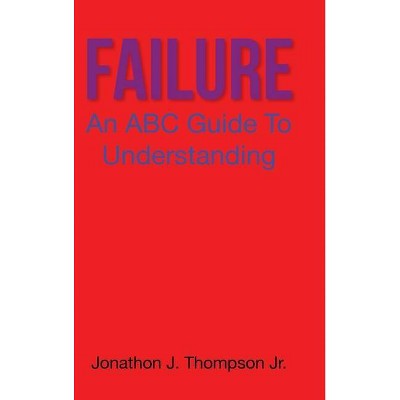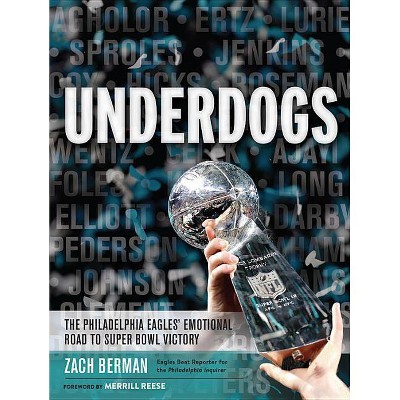Multimodality Imaging for Transcatheter Aortic Valve Replacement - by James K Min & Daniel S Berman & Jonathon Leipsic (Hardcover)

Similar Products
Products of same category from the store
AllProduct info
<p/><br></br><p><b> About the Book </b></p></br></br><p>Essential reading for cardiovascular imagers of all kinds, as well as practitioners performing TAVR, this volume covers all the relevant facts, offers insights into ongoing research, and includes a stepwise approach to the use of modern imaging in TAVR.</p><p/><br></br><p><b> Book Synopsis </b></p></br></br><p>This book is ideal for cardiovascular imagers of all backgrounds as well as proceduralists (surgeons and interventional cardiologists) performing TAVR. This text is also of value for the physicians and nurses involved in the care of these patients, and for fellows-in-training. This practical text brings together guidance on using multi-modality imaging in one book and highlights its usage with a focus on patient care. Pre-procedural, Intra-procedural and Long-term follow up), this review offers expert opinion and evidence-based guidance on how to incorporate the various imaging modalities at each step in the care of a TAVR patient. Although much has been learned in the short span of time since TAVR was introduced into the field, our book will also offer recommendations for clinically-relevant research areas that will lead to best practice strategies for incorporating multi-modality imaging into TAVR patient care. </p><p> </p><p> </p><p> </p><p/><br></br><p><b> From the Back Cover </b></p></br></br><p>Over the last decade, remarkable innovations in transcatheter technologies have led to the rapid development of minimally invasive therapies that have challenged conventional treatment. Amongst these, none is as remarkable as transcatheter aortic valve replacement (TAVR). An archetype of "bench-to-bedside" medicine, the origins of TAVR spanned the expertise and vision of clinicians, engineers, researchers and imagers.</p><p>With increasing numbers of TAVR procedures and large-scale trials demonstrating an unparalleled reduction in mortality for inoperable patients with severe aortic valvular disease, the theme underpinning the foundation of TAVR - that of a multidisciplinary approach to its development - persists in its practice. This approach brings together a diverse group of experts to optimize patient outcomes and this extends to the convergence of different types of imaging specialists and modalities to support preparation for and performance and follow-up of TAVR. </p><p><i>Multimodality Imaging for Transcatheter Aortic Valve Replacement</i> assembles the very best authorities in the field to create the ultimate resource to address the imaging needs associated with TAVR. It provides the reader with a comprehensive understanding of the pathophysiology of aortic stenosis, the evidence supporting the use of TAVR, and an integrated approach to the indications, procedural aspects and pitfalls of imaging in TAVR. The reader will also gain an insight into which tests are optimal in specific situations and a step-wise method to harvest all the essential information provided with each modality. Thus, this book represents a key resource for all working in the field whether they be in training or practicing physicians, cardiac researchers, cardiac imagers, interventionalists, clinical cardiologists, cardiac surgeons, or any medical professional involved in the management of these patients. </p><p> </p><p> </p> <p> </p><p> </p><p> </p><p> </p><p> </p><p><p/><br></br><p><b> About the Author </b></p></br></br><p>James K. Min, Daniel S. Berman and Jonathon Leipsic. </p><p> </p>
Price History
Price Archive shows prices from various stores, lets you see history and find the cheapest. There is no actual sale on the website. For all support, inquiry and suggestion messagescommunication@pricearchive.us


















